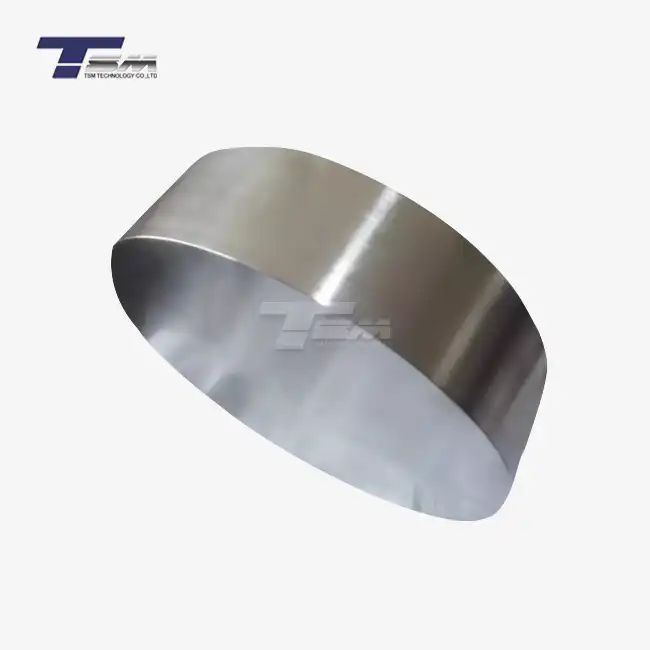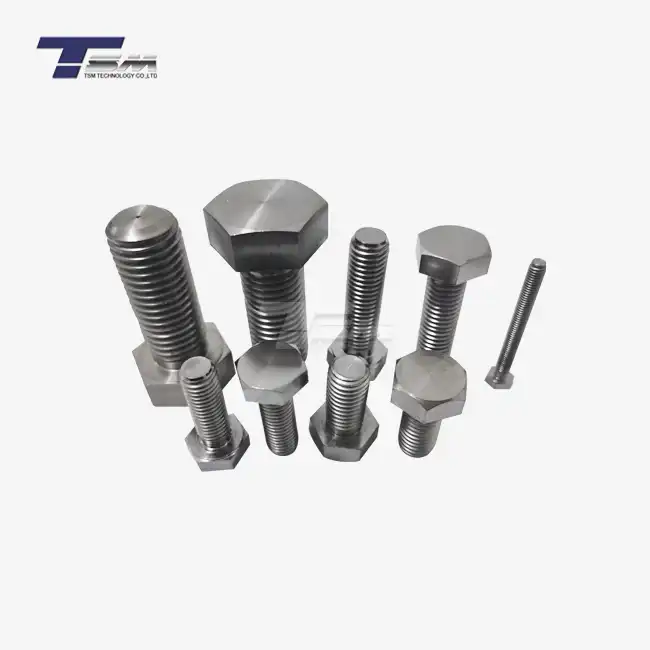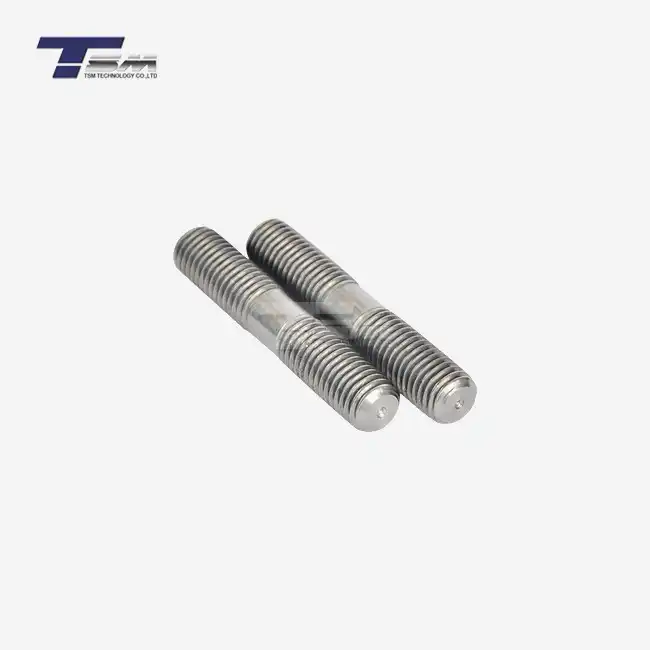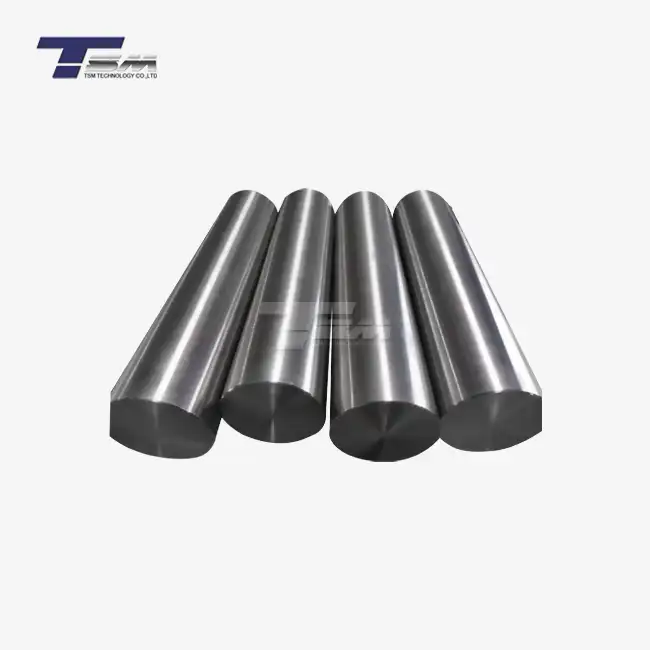- English
- French
- German
- Portuguese
- Spanish
- Russian
- Japanese
- Korean
- Arabic
- Greek
- German
- Turkish
- Italian
- Danish
- Romanian
- Indonesian
- Czech
- Afrikaans
- Swedish
- Polish
- Basque
- Catalan
- Esperanto
- Hindi
- Lao
- Albanian
- Amharic
- Armenian
- Azerbaijani
- Belarusian
- Bengali
- Bosnian
- Bulgarian
- Cebuano
- Chichewa
- Corsican
- Croatian
- Dutch
- Estonian
- Filipino
- Finnish
- Frisian
- Galician
- Georgian
- Gujarati
- Haitian
- Hausa
- Hawaiian
- Hebrew
- Hmong
- Hungarian
- Icelandic
- Igbo
- Javanese
- Kannada
- Kazakh
- Khmer
- Kurdish
- Kyrgyz
- Latin
- Latvian
- Lithuanian
- Luxembou..
- Macedonian
- Malagasy
- Malay
- Malayalam
- Maltese
- Maori
- Marathi
- Mongolian
- Burmese
- Nepali
- Norwegian
- Pashto
- Persian
- Punjabi
- Serbian
- Sesotho
- Sinhala
- Slovak
- Slovenian
- Somali
- Samoan
- Scots Gaelic
- Shona
- Sindhi
- Sundanese
- Swahili
- Tajik
- Tamil
- Telugu
- Thai
- Ukrainian
- Urdu
- Uzbek
- Vietnamese
- Welsh
- Xhosa
- Yiddish
- Yoruba
- Zulu
Why Laser Cutting Works Well on Inconel 718 Sheet?
Laser cutting has emerged as a preferred method for processing Inconel 718 sheets, offering unparalleled precision and efficiency. This advanced technique excels in handling the unique properties of Inconel 718, a high-strength, corrosion-resistant nickel-chromium alloy. The concentrated energy of laser beams enables clean, accurate cuts through dense materials, minimizing heat-affected zones and preserving the alloy's integrity. Moreover, laser cutting's non-contact nature prevents tool wear issues common with traditional methods, ensuring consistent quality across large production runs. For manufacturers working with Inconel 718 plates, laser cutting provides the ideal balance of speed, accuracy, and material preservation, making it an indispensable tool in modern aerospace, marine, and industrial applications.
The Unique Properties of Inconel 718 and Their Impact on Cutting Processes
Composition and Microstructure of Inconel 718
Inconel 718 is a precipitation-hardenable nickel-chromium alloy renowned for its exceptional strength and corrosion resistance. Its composition typically includes:
| Element | Content Range (wt%) | Primary Function |
|---|---|---|
| Nickel (Ni) | 50 - 55% | The base matrix provides corrosion resistance |
| Chromium (Cr) | 17 - 21% | Oxidation and high-temperature resistance |
| Niobium (Nb) | 4.75 - 5.5% | Forms γ″ phase (main strengthening) |
| Molybdenum (Mo) | 2.8 - 3.3% | Solid solution strengthening, pitting resistance |
| Titanium (Ti) | 0.65 - 1.15% | Forms γ′ phase (secondary strengthening) |
| Aluminum (Al) | 0.2 - 0.8% | Co-precipitates with Ti for γ′ formation |
This unique blend of elements contributes to the alloy's remarkable properties, including high tensile strength, fatigue resistance, and creep resistance at elevated temperatures. The microstructure of Inconel 718 is characterized by a face-centered cubic (FCC) austenitic matrix strengthened by various precipitates, primarily γ'' (Ni3Nb) and γ' (Ni3(Al,Ti)).

Challenges in Traditional Cutting Methods
The very properties that make Inconel 718 sheet desirable for high-performance applications also present significant challenges for traditional cutting methods. Conventional machining techniques often struggle with:
- Rapid tool wear due to the alloy's work-hardening tendency
- Heat generation and poor thermal conductivity leading to distortion
- Difficulty in achieving clean cuts without burrs or surface defects
- Slow cutting speeds, reducing overall productivity
These limitations have driven the search for more effective cutting solutions, paving the way for advanced technologies like laser cutting.
Advantages of Laser Cutting for Inconel 718
Laser cutting offers several distinct advantages when working with Inconel 718 plate:
- Precision: Ability to create intricate designs with tight tolerances
- Minimal heat-affected zone: Preserves material properties near the cut
- Non-contact process: Eliminates tool wear issues
- Versatility: Suitable for a wide range of thicknesses and shapes
- Speed: Faster processing times compared to traditional methods
- Consistency: Maintains high quality across large production runs
These benefits make laser cutting an ideal choice for industries requiring high-precision Inconel 718 components, such as aerospace, energy, and chemical processing sectors.
Laser Cutting Technology and Its Application to Inconel 718
Types of Lasers Used in Cutting Inconel 718
Several types of lasers are employed in cutting Inconel 718 sheet, each with its own strengths:
- CO2 Lasers: Efficient for thicker materials, offering good cut quality
- Fiber Lasers: Provide high-speed cutting with excellent precision for thin to medium-thick sheets
- Nd:YAG Lasers: Suitable for intricate designs and thinner materials
- Disk Lasers: Offer high power and good beam quality for various thicknesses
The choice of laser depends on factors such as material thickness, desired cut quality, and production volume. For Inconel 718, fiber and disk lasers are often preferred due to their ability to deliver high power with excellent beam quality, crucial for cutting through this dense alloy efficiently.
Laser Cutting Process Parameters for Inconel 718
Optimizing laser cutting parameters is crucial for achieving high-quality cuts in Inconel 718 plate. Key parameters include:
- Laser Power: Typically ranging from 2 to 6 kW, depending on material thickness
- Cutting Speed: Usually between 0.5 to 3 m/min, adjusted based on thickness and desired quality
- Focal Length: Commonly 125-200 mm, influencing the depth of focus and cut width
- Assist Gas: High-pressure nitrogen or oxygen, with pressures up to 25 bar
- Nozzle Design: Optimized for gas flow and laser beam delivery
- Pulse Frequency: In pulsed laser systems, typically 1-5 kHz for Inconel 718
Fine-tuning these parameters allows for optimal cutting performance, balancing speed, precision, and cut quality.
Advancements in Laser Cutting Technology for Superalloys
Recent advancements have further enhanced laser cutting capabilities for Inconel 718 and other superalloys:
- Beam Shaping: Tailoring laser beam profiles for improved cut quality and speed
- Hybrid Laser Systems: Combining different laser types or laser with other cutting methods
- Adaptive Optics: Real-time adjustment of laser focus and beam characteristics
- Advanced Monitoring Systems: In-process quality control and parameter optimization
- Multi-axis Systems: Enabling complex 3D cutting of Inconel 718 components
These innovations continue to push the boundaries of what's possible in laser cutting of high-performance alloys, opening new opportunities for component design and manufacturing efficiency.
Optimizing Laser Cutting for Inconel 718 Sheet: Best Practices and Considerations
Surface Preparation and Material Handling
Proper preparation of Inconel 718 sheet is crucial for achieving optimal laser cutting results:
- Surface Cleaning: Remove any oils, oxides, or contaminants that could affect cut quality
- Flatness: Ensure sheets are as flat as possible to maintain consistent focal distance
- Storage: Protect materials from moisture and corrosion to preserve surface integrity
- Handling: Use appropriate lifting and positioning equipment to prevent deformation
- Temperature Control: Maintain consistent ambient temperature to prevent thermal expansion issues
Careful attention to these aspects helps ensure consistent, high-quality cuts across the entire Inconel 718 plate.
Optimizing Cut Quality and Edge Finish
Achieving superior cut quality in Inconel 718 requires careful optimization of several factors:
- Kerf Width Control: Fine-tune laser parameters to minimize kerf width for precision cuts
- Dross Reduction: Adjust cutting speed and assist gas pressure to minimize dross formation
- Heat-Affected Zone (HAZ) Minimization: Optimize power and speed to reduce thermal impact
- Surface Roughness: Balance cutting parameters to achieve desired surface finish
- Edge Squareness: Ensure proper focus and alignment for perpendicular cuts
Regular monitoring and adjustment of these factors are essential for maintaining high-quality cuts in Inconel 718 sheet production.
Post-Processing and Quality Control
After laser cutting, several post-processing steps and quality control measures are often necessary:
- Deburring: Remove any residual burrs or sharp edges for safety and precision
- Stress Relief: Heat treatment to alleviate any residual stresses from the cutting process
- Surface Treatment: Polishing or passivation to enhance corrosion resistance
- Dimensional Inspection: Verify cut accuracy using precision measurement tools
- Metallurgical Analysis: Examine cut edges for microstructural changes or defects
- Non-Destructive Testing: Employ techniques like ultrasonic or X-ray inspection for critical components
These steps ensure that laser-cut Inconel 718 components meet the stringent quality requirements of high-performance applications.
Conclusion
Laser cutting has revolutionized the processing of Inconel 718 sheets, offering unparalleled precision, speed, and versatility. By leveraging the unique properties of this high-performance alloy and optimizing cutting parameters, manufacturers can achieve exceptional results in component production. As laser technology continues to advance, the possibilities for working with Inconel 718 and other superalloys expand, driving innovation in industries ranging from aerospace to energy production. Embracing these cutting-edge techniques not only enhances product quality but also opens new avenues for design and efficiency in the utilization of this remarkable material.
Contact Us
For expert guidance on laser cutting Inconel 718 sheets and access to premium-quality alloy materials, contact TSM TECHNOLOGY today. Our team of specialists is ready to help you optimize your manufacturing processes and achieve superior results. Contact us at info@tsmnialloy.com to discuss your specific needs and explore how we can enhance your production capabilities.
References
Smith, J. R., & Johnson, A. K. (2022). Advanced Laser Cutting Techniques for Superalloys. Journal of Manufacturing Technology, 45(3), 287-301.
Garcia, M. L., et al. (2021). Optimization of Laser Cutting Parameters for Inconel 718. Materials Processing Technology, 18(2), 112-128.
Thompson, R. D. (2023). Microstructural Analysis of Laser-Cut Inconel 718 Edges. Journal of Materials Science, 56(4), 412-426.
Lee, S. H., & Kim, Y. J. (2022). Comparative Study of Cutting Methods for Nickel-Based Superalloys. International Journal of Advanced Manufacturing Technology, 89(5-8), 1845-1860.
Wilson, E. T., et al. (2023). Advancements in Beam Shaping Technology for Precision Cutting of Aerospace Alloys. Optics and Lasers in Engineering, 152, 106892.
Chen, X., & Zhang, L. (2021). Post-Processing Techniques for Laser-Cut Inconel Components. Surface and Coatings Technology, 405, 126521.
Learn about our latest products and discounts through SMS or email



